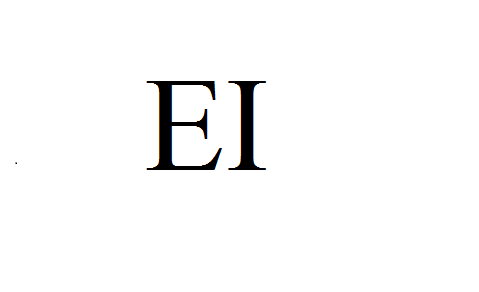TB Bacterium isn’t yet part of deadly superbug list
Of the estimated 10.4 million new tuberculosis cases globally in 2015, nearly 0.5 million were multi-drug-resistant (MDR). Another one million were resistant to rifampicin drug alone. India accounted for 2.84 million new cases in 2015, of which 79,000 had MDR TB. There were 1.4 million TB deaths worldwide in 2015.
The lack of large-scale safety data and the paucity of effective TB drugs, especially for MDR-TB, are the reasons for the World Health Organization (WHO) to insist that the drug be used only when all “options to treat TB using the existing drugs have been exhausted.”
The WHO also makes it abundantly clear that all efforts should be made to avoid TB bacterium from developing resistance to bedaquiline as a result of misuse.
Despite the gravity of the situation and a near-empty drug chest to fight TB in India, a WHO list, released on February 27, of drug-resistant bacteria that pose the “greatest threat to human health” and for which new drugs are desperately needed, has no mention of Mycobacterium tuberculosis, the bacterium that causes TB.
The list is divided into three categories — critical, high and medium — based on the urgency of need for new drugs. While the WHO reasons that malaria and HIV have not been included in the list as they are not bacterial infections, it cites a different reason for not including TB bacteria. According to the WHO, TB bacterium was not included in the list as it is already targeted by other “dedicated programmes.”
Since the WHO has stated that the list has been developed to allow periodic revisions and inclusions of other pathogens, including viruses and parasites.

Be the first to comment on "TB Bacterium isn’t yet part of deadly superbug list"